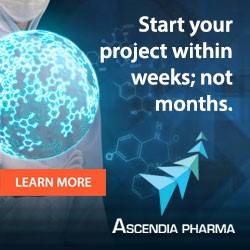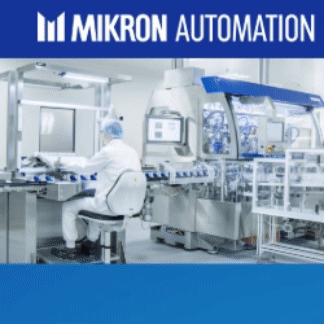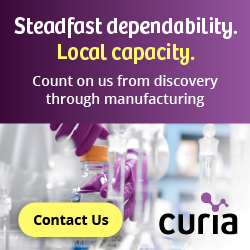Patients & Physicians Express Desire to Switch to Transdermal Drug Delivery
The $82-billion US drug delivery market is showing no signs of saturation, with major patent expiries, generic competition, tightening FDA regulations, and emerging drug delivery systems continuing to provide momentum. Among the 15 drug delivery systems surveyed by Frost & Sullivan, physicians prefer topical delivery, either as a transdermal patch or topical gel/cream, and expressed willingness to switch their current mode of therapy to one available in these forms.
A new end-user survey of more than 220 physicians and 650 patients by Frost & Sullivan, the Drug Delivery Technology: End-User Preferences, Utilization and Perceptions analysis (http://www.lifesciences.frost.com), finds that regardless of disease area, physicians select drug delivery methods that drive consistent patient compliance and effective outcomes. The survey traces usage patterns, analyzes preferences and opportunities among physicians and patients, and assesses their willingness to switch therapies based on the drug delivery method. For more information on this research, please email Britni Myers, Corporate Communications, at britni.myers@frost.com, with your full name, company name, job title, telephone number, company email address, company website, city, state, and country.
The route of administration and drug delivery technology has a huge bearing on the adoption of, and compliance with, new as well as existing drugs. Among the surveyed physicians, only a quarter were considered early adopters of new drug delivery forms. Accordingly, manufacturers must listen to actual selection criteria and level of satisfaction data collected from end-users to find commercial success among medical practitioners.
“All things considered, physicians usually lean toward the treatment they believe will be most acceptable to their patients in order to ensure good compliance,” said Frost & Sullivan Vice President of Global Research Monali Patel Shastry.
These indicators are highly relevant in the current market scenario, wherein medication adherence is a growing concern, with momentous medical and economic consequences.
“When selecting the optimal drug delivery method, reimbursement incentives for improving adherence and impact on formulary decisions are proven to be important factors,” noted Frost & Sullivan Life Sciences Senior Industry Analyst Deborah Toscano. “Drug development pipelines are full of innovative drugs and biologics, and differentiation is increasingly important in this crowded market to gain and maintain market share.”
It is important to note the drivers of satisfaction and selection are not always the same across diseases and methods. For example, the several novel oral therapies for multiple sclerosis recently introduced offer significant advantages over the standard of care injectable therapies. However, more than 55% of physicians treating multiple sclerosis are likely to switch from the currently prescribed branded drug if the drug were available in a transdermal patch form, while 54% of the physicians treating migraines would prefer to switch to a drug using nasal administration.
This is in line with the 58% of multiple sclerosis patients willing to use a transdermal patch, and 50% of migraine patients willing to use a nasally administered drug. Further, 57% of physicians treating type 2 diabetes are most willing to switch from oral or injectable drugs to a topical treatment.
The Drug Delivery Technology: End-User Preferences, Utilization and Perceptions analysis is generated by Frost & Sullivan’s global Life Sciences practice. Related research includes: Analysis of the Global Type 2 Diabetes Therapeutics Market, United States Market for Rheumatoid Arthritis Pharmacotherapeutics, and Strategic Analysis of Anti-Obesity Prescription Drug Development. All research services included in subscriptions provide detailed market opportunities and industry trends evaluated following extensive interviews with market participants.
Connect with Frost & Sullivan on social media, including Twitter, Facebook, SlideShare, and LinkedIn, for the latest news and updates.
Frost & Sullivan, the Growth Partnership Company, works in collaboration with clients to leverage visionary innovation that addresses the global challenges and related growth opportunities that will make or break today’s market participants. Its Growth Partnership supports clients by addressing these opportunities and incorporating two key elements driving visionary innovation: The Integrated Value Proposition and The Partnership Infrastructure.
Total Page Views: 943













